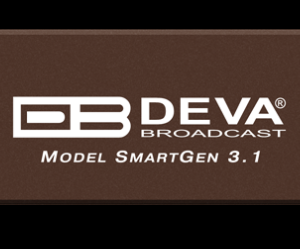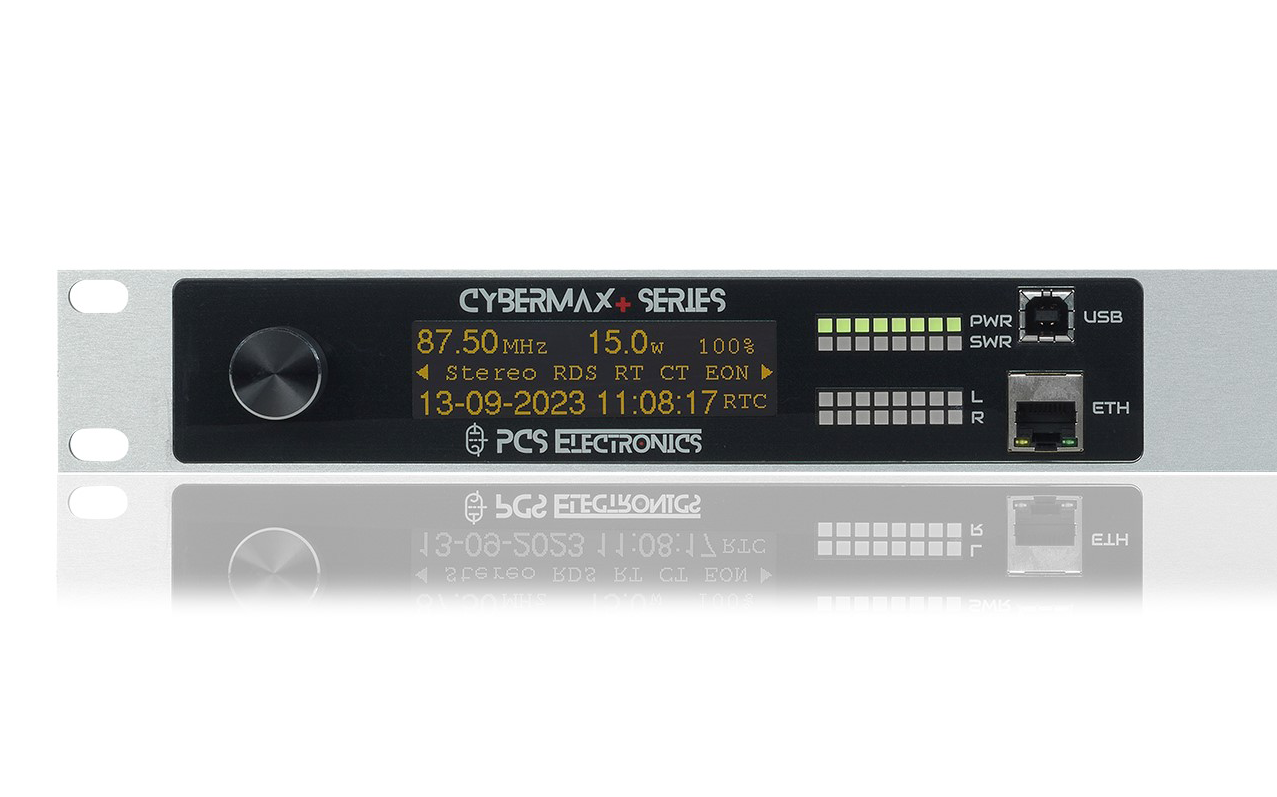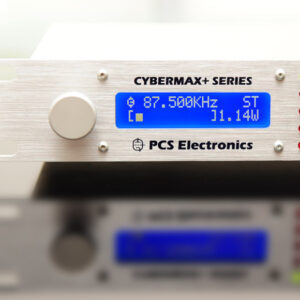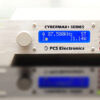RDS Encoders
Radio Data System (RDS) is a communications protocol standard for embedding small amounts of digital information in conventional FM radio broadcasts. RDS standardizes several types of information transmitted, including time, station identification and program information.
The standard began as a project of the European Broadcasting Union (EBU), but has since become an international standard of the International Electrotechnical Commission (IEC).
Radio Broadcast Data System (RBDS) is the official name used for the U.S. version of RDS.[1] The two standards are only slightly different.
Both carry data at 1,187.5 bits per second on a 57 kHz subcarrier, so there are exactly 48 cycles of subcarrier during every data bit. The RBDS/RDS subcarrier was set to the third harmonic of the 19 kHz FM stereo pilot tone to minimize interference and intermodulation between the data signal, the stereo pilot and the 38 kHz DSB-SC stereo difference signal.(The stereo difference signal extends up 38 kHz + 15 kHz = 53 kHz, leaving 4 kHz for the lower sideband of the RDS signal.)
Showing all 8 results
-
-
-
-
-
-
-
Stereo encoders
CyberMax8000+ BE+ STEREO and RDS processor
(0 reviews)261,58$ – 653,97$ View products -






















